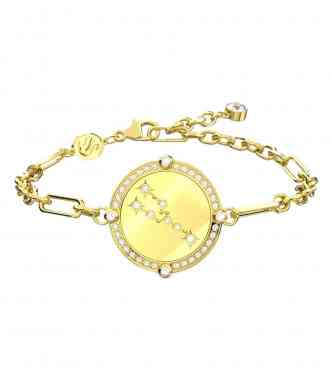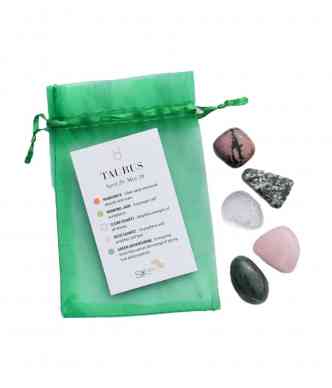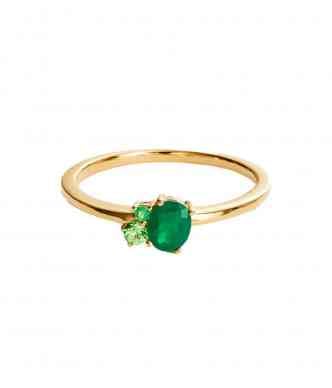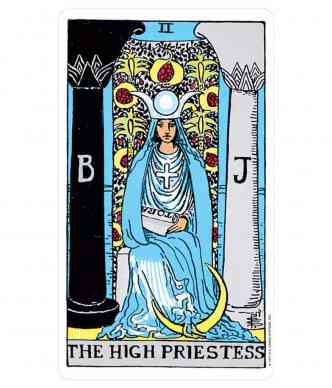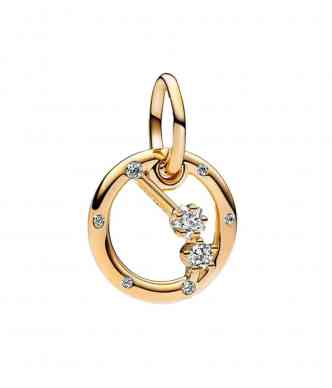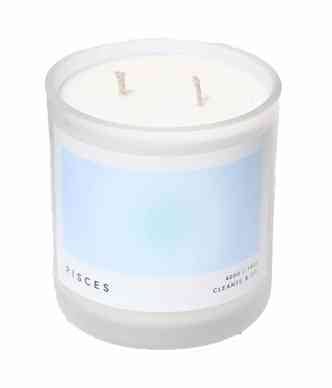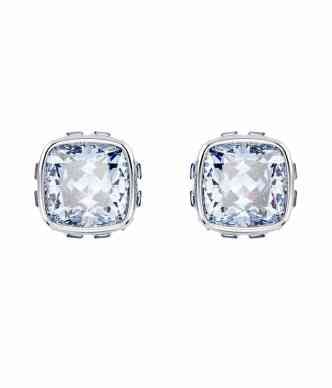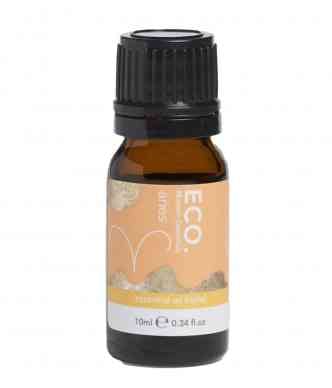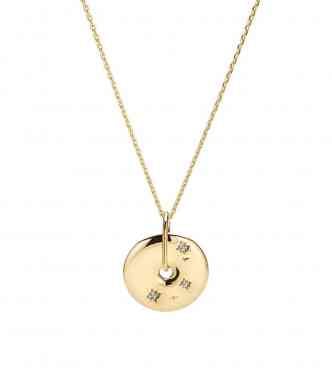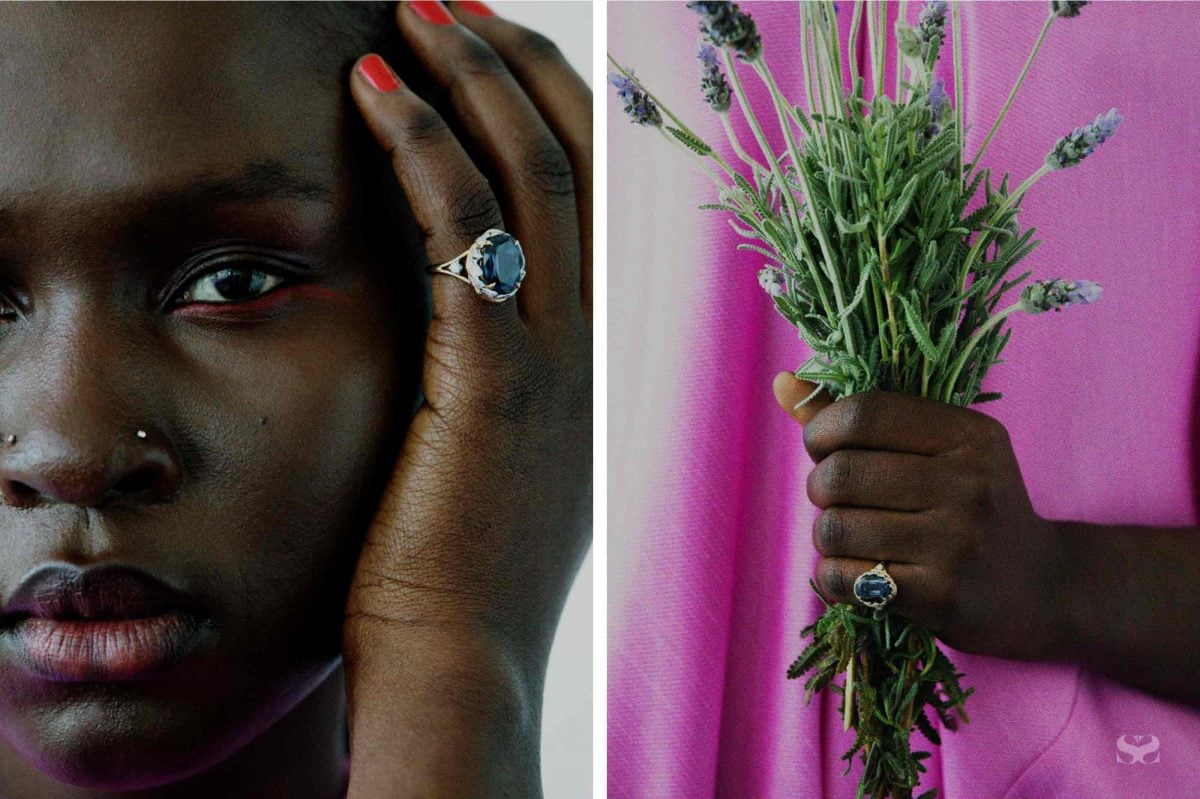
As the Southern hemisphere begins to truly feel the chill of June, the winter solstice arrives. This day has the least daylight of any day in the calendar, in other words, it marks the shortest day of the year. Yet, despite being an annual event, many of us only loosely understand what the phenomenon means.
Yes, it's the shortest day in the year, but why? And how to celebrate one of the longest nights? Here's what you need to know for the winter solstice.
When is the winter solstice and what is it?
This year, the winter solstice for those in the Southern hemisphere will fall on Friday 21 June. While the exact date changes from year to year, it always tends to fall between the 20-22 June.
The winter solstice occurs when either the Northern or Southern hemisphere is is tilted furthest from the sun, resulting in the least amount of daylight. For those in the Northern hemisphere this happens in December, for those in the South, this happens in June. The closer to the polar caps you are, the less daylight you will receive during the winter solstice. For example, if you live in Hobart, you'll have just nine hours of daylight on 21 June. Those in Sydney will have closer to 10 hours.
Cultural significance and celebrations
Traditionally the winter solstice represents the triumph of light over dark. It is the moment where daylight begins to return and we begin to leave the darkest and most barren days of winter behind us. It symbolises the return of abundance, and marks the point where we can look ahead into the promise of spring. Many choose to celebrate this moment by lighting a candle to symbolically celebrate the return of light into the days ahead. It is also common to share this moment with family and friends and celebrate the turn of the seasons towards fertility and the affluence of nature.
Cultures all around the world have their own unique ways of celebrating the winter solstice. Nordic cultures (where the winter solstice falls in December) use this moment to celebrate Yule, a tradition that has inspired and influenced Christmas. In Japan, they celebrate the winter solstice or 'Toji' with a hot yuzu-infused bath. In parts of South American, Inti Raymi is celebrated. It involved music and dance to celebrate the return of the Sun. Persian celebration Shab-e Yalda sees families stay awake all night celebrating and sharing food to protect agains the darkness of the longest night.
Here in Australia, Tasmania's Dark Mofo festival is timed with the winter solstice. The festival includes a nude solstice swim, where the darkest night of the year is celebrated with through the rebirthing qualities of water.
This year, the winter solstice falls at the same time of our Full Moon in Capricorn. Full Moons bring an invigorating energy and offer a moment of spiritual illumination. It will make this moment a particularly fortuitous time to rid yourself of unwanted energy and prepare to enter the next part of the year feeling energised and renewed.
Solstice versus equinox
Although they're often confused, the solstice and the equinox are distinct events. A solstice, occurring twice a year, marks the longest and shortest days of the year. An equinox—also occurring twice annually— represent the two points of the year where daylight and nighttime are equal length. It is a day that represents balance. The vernal equinox is heralded as one of the most powerful moments for manifestation.
Is the winter solstice the coldest day of the year?
Anyone who's lived through a Melbourne or Sydney August can tell you with frankness that any day in June is unlikely to be the coldest day of the year. Temperatures and weather events are largely independent on the length of daylight we receive. Yes, the sun will have the least time to warm the ground on the day of the winter solstice, but the coldest days of the year for those in the Southern hemisphere tend to fall in July and August.
When is the longest day of the year?
Just as there's a winter solstice, there is also a summer solstice. For us Australians, our summer solstice will arrive on December 21, just before Christmas. Those in the Northern hemisphere are experiencing their summer solstice as we speak.
SHOP YOUR SIGN
SHOP YOUR SIGN
Photo by Aron Visuals on Unsplash












